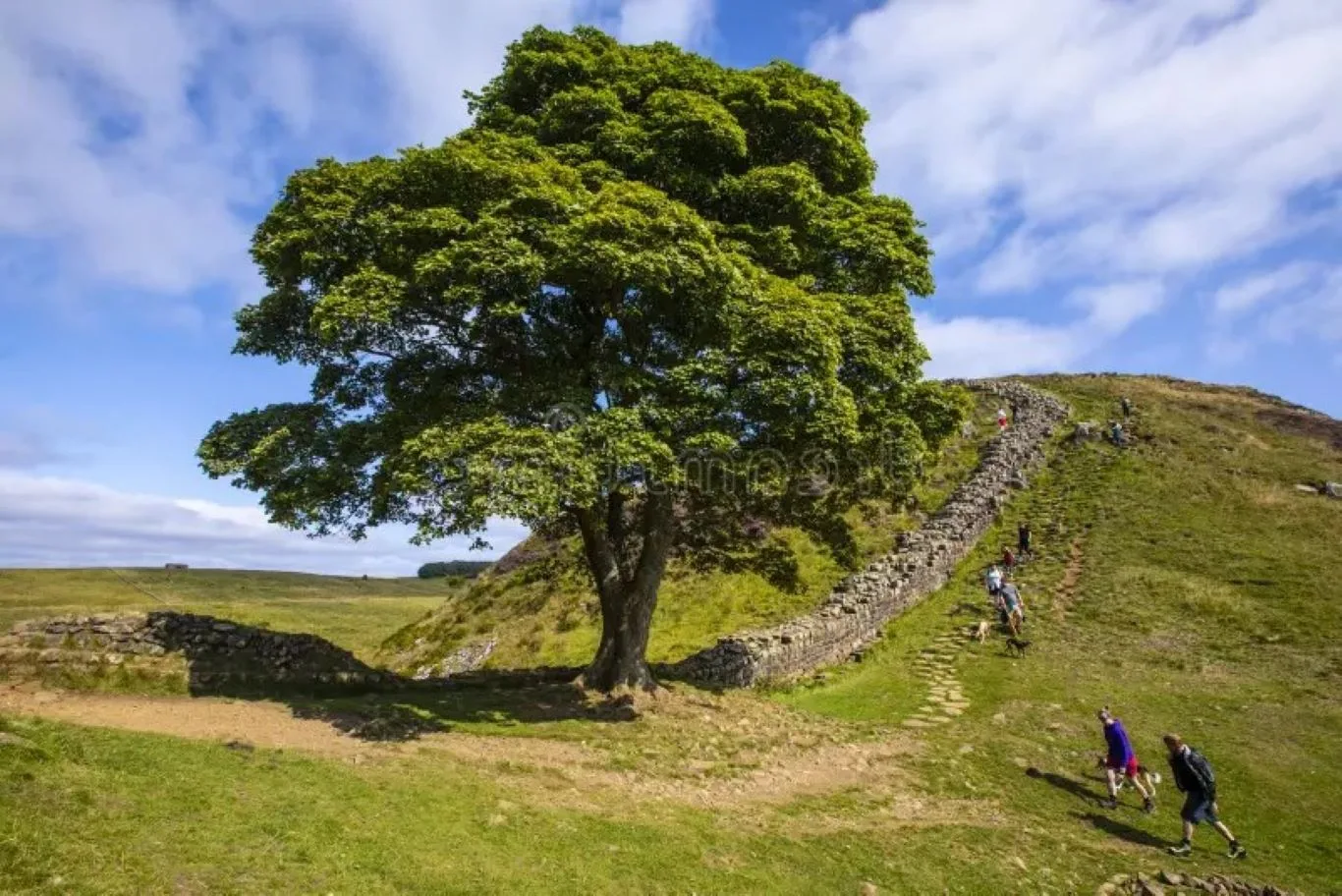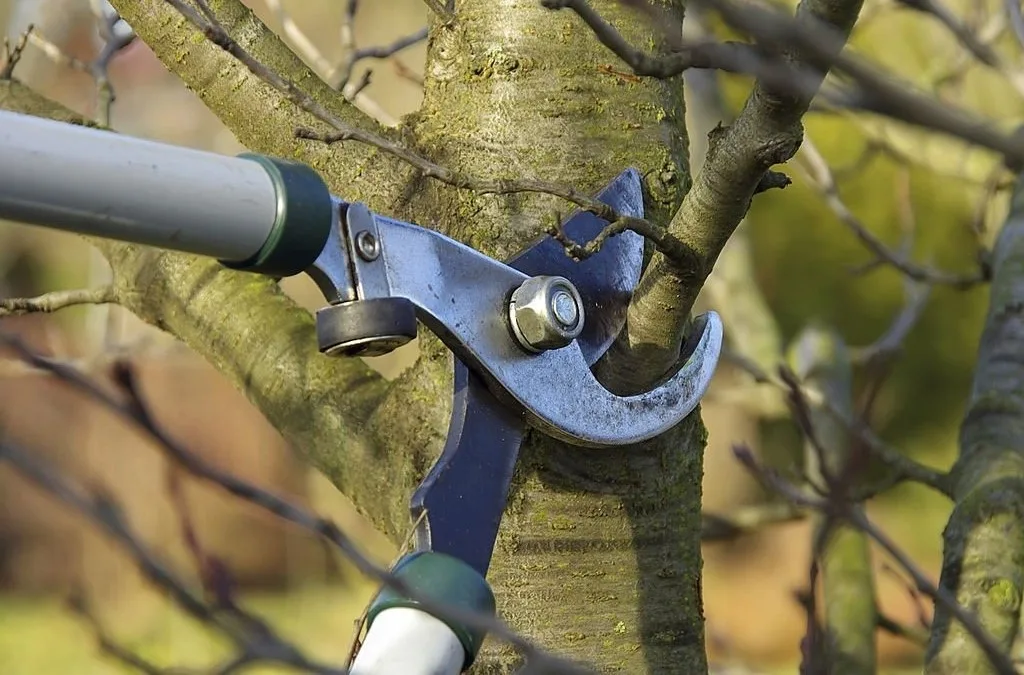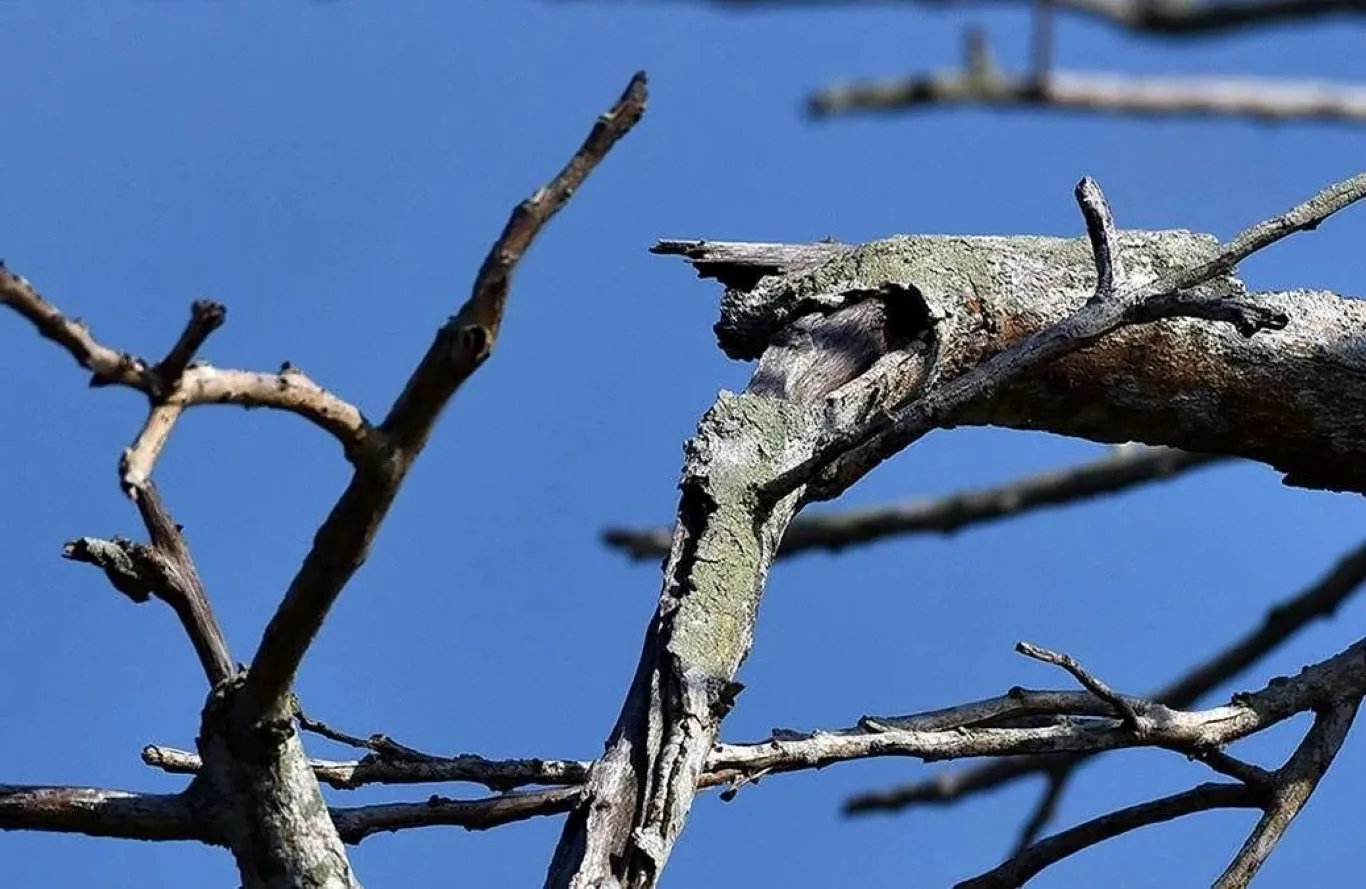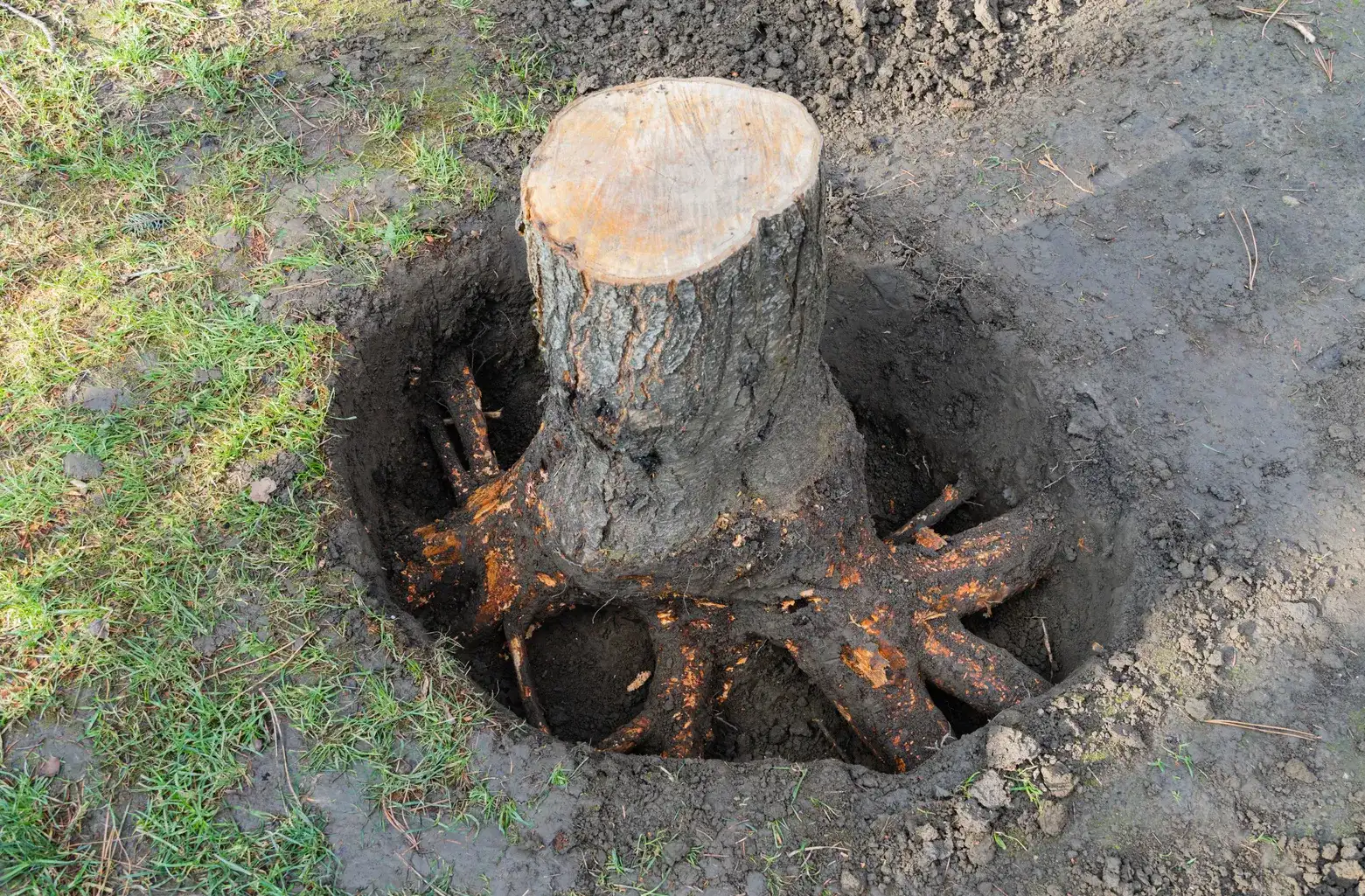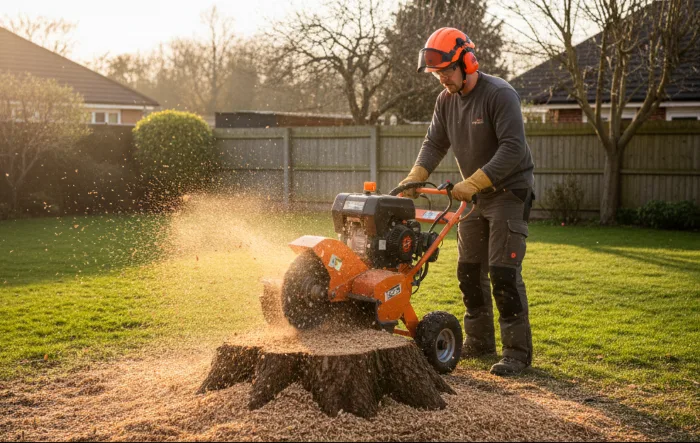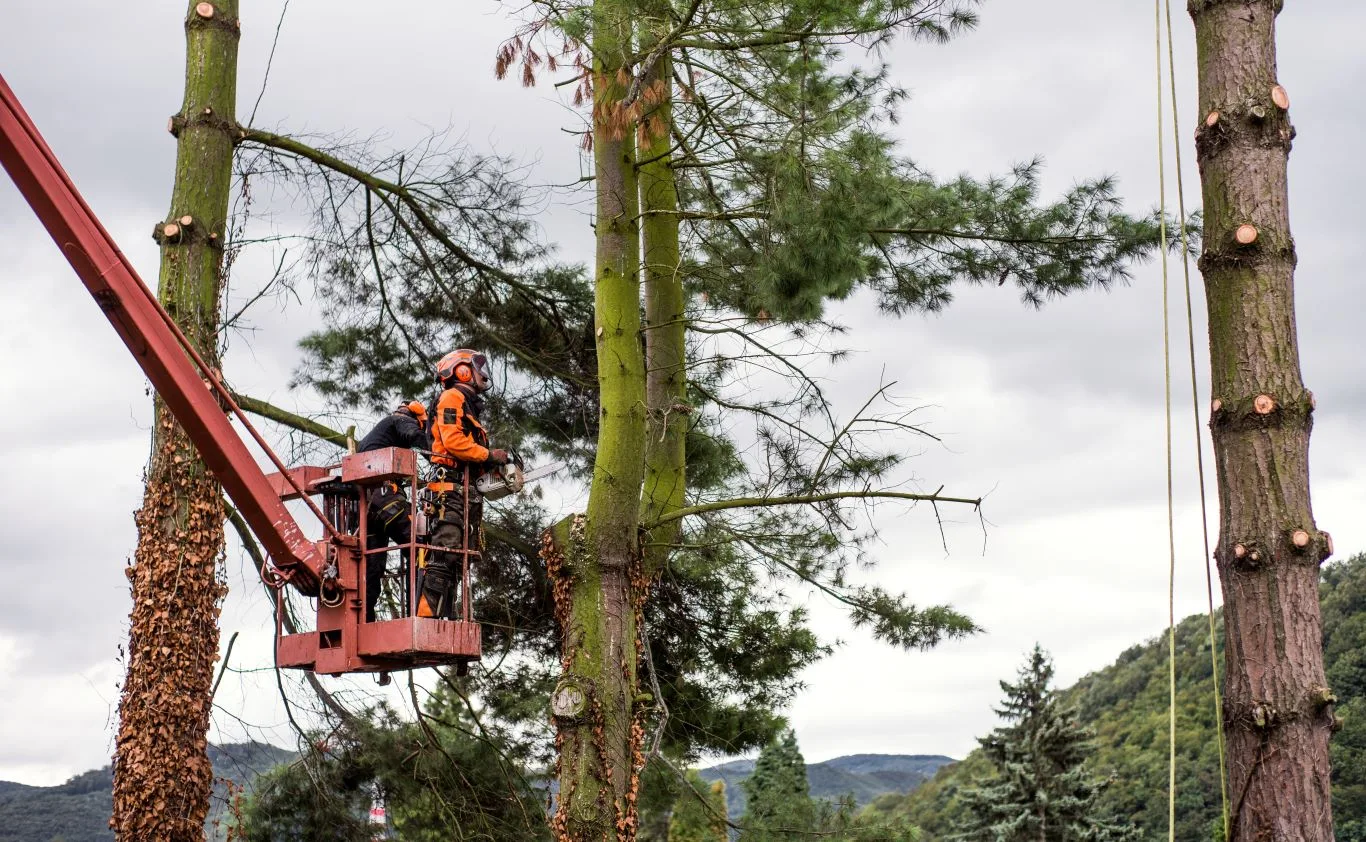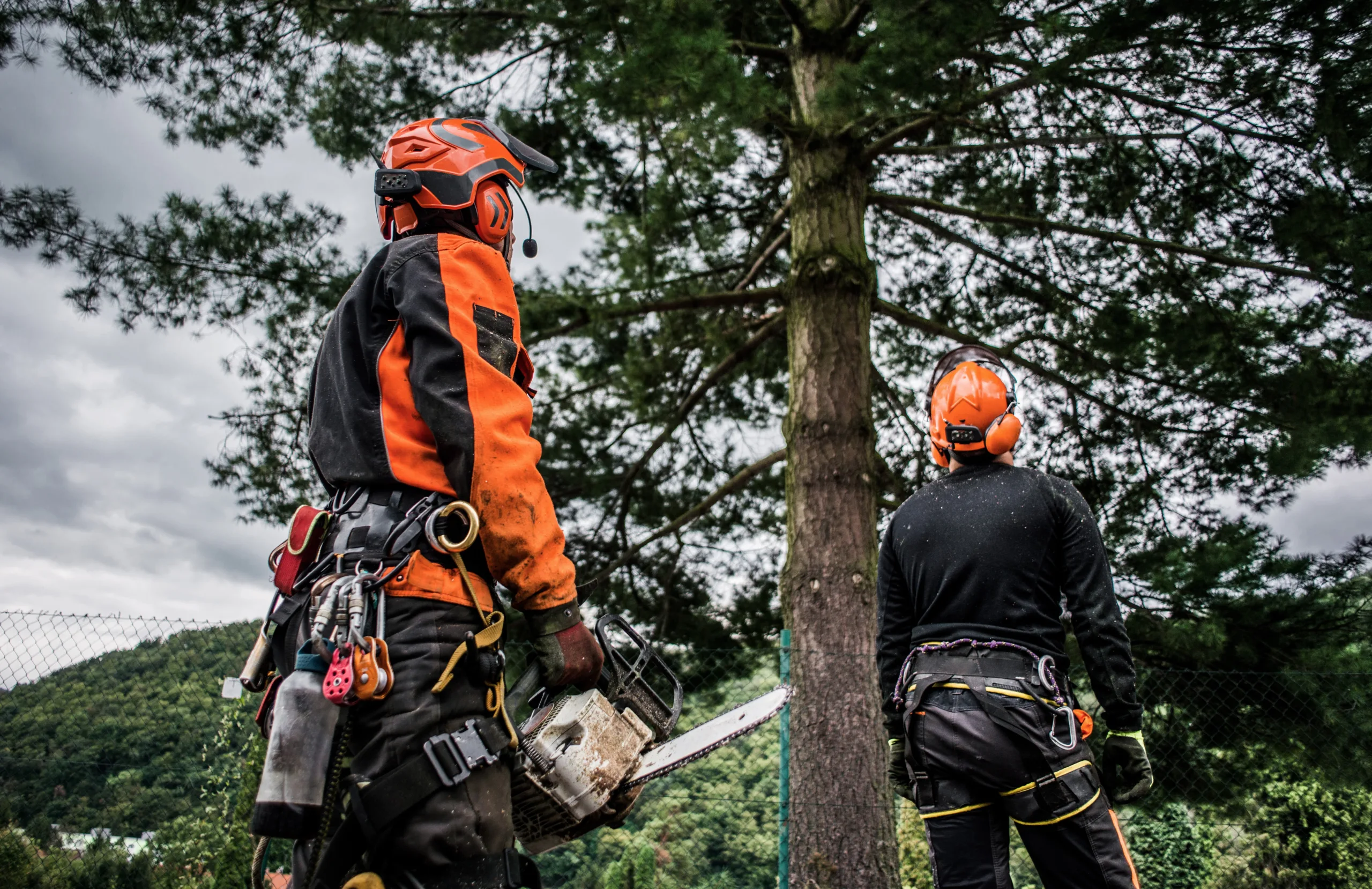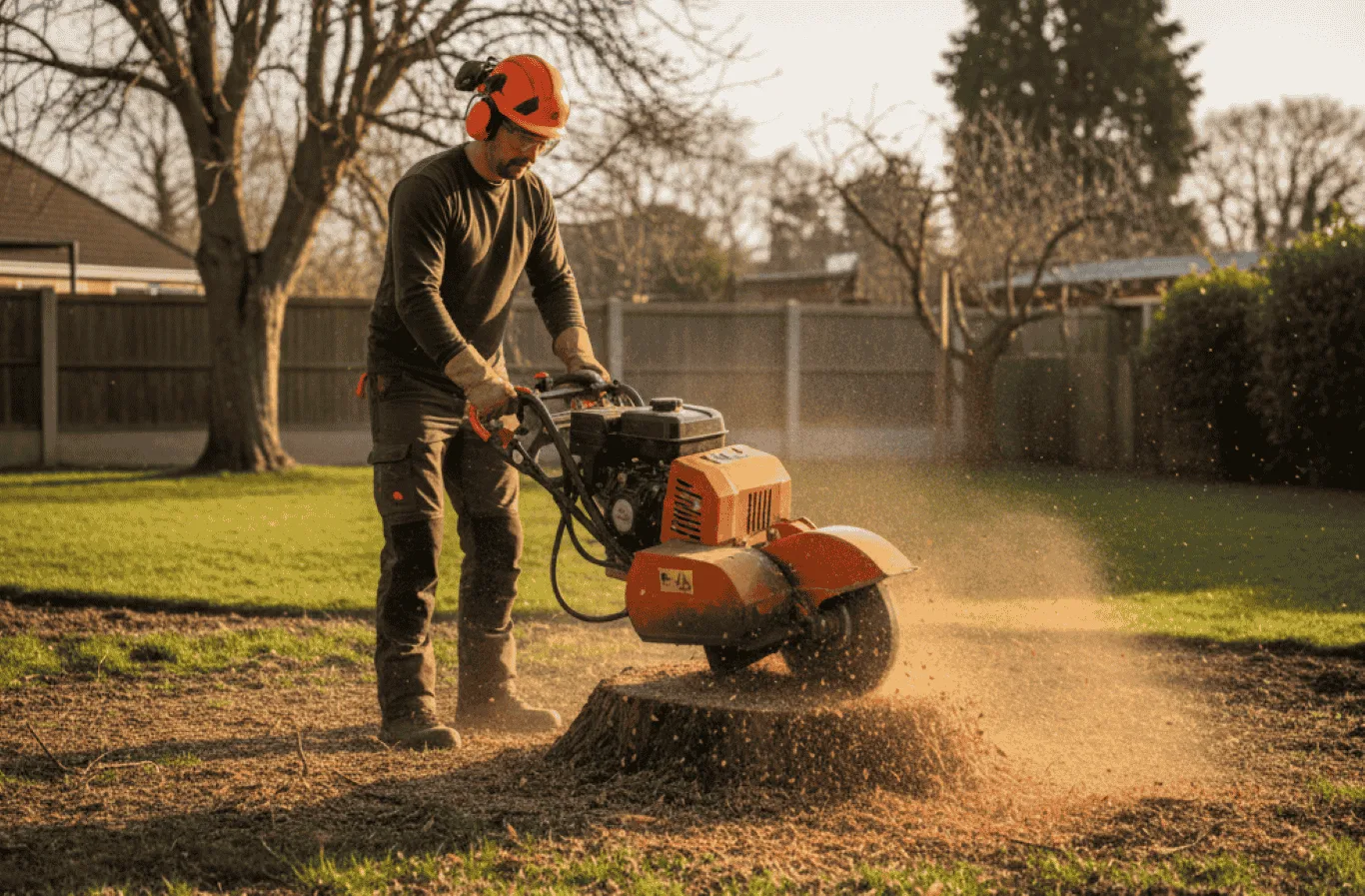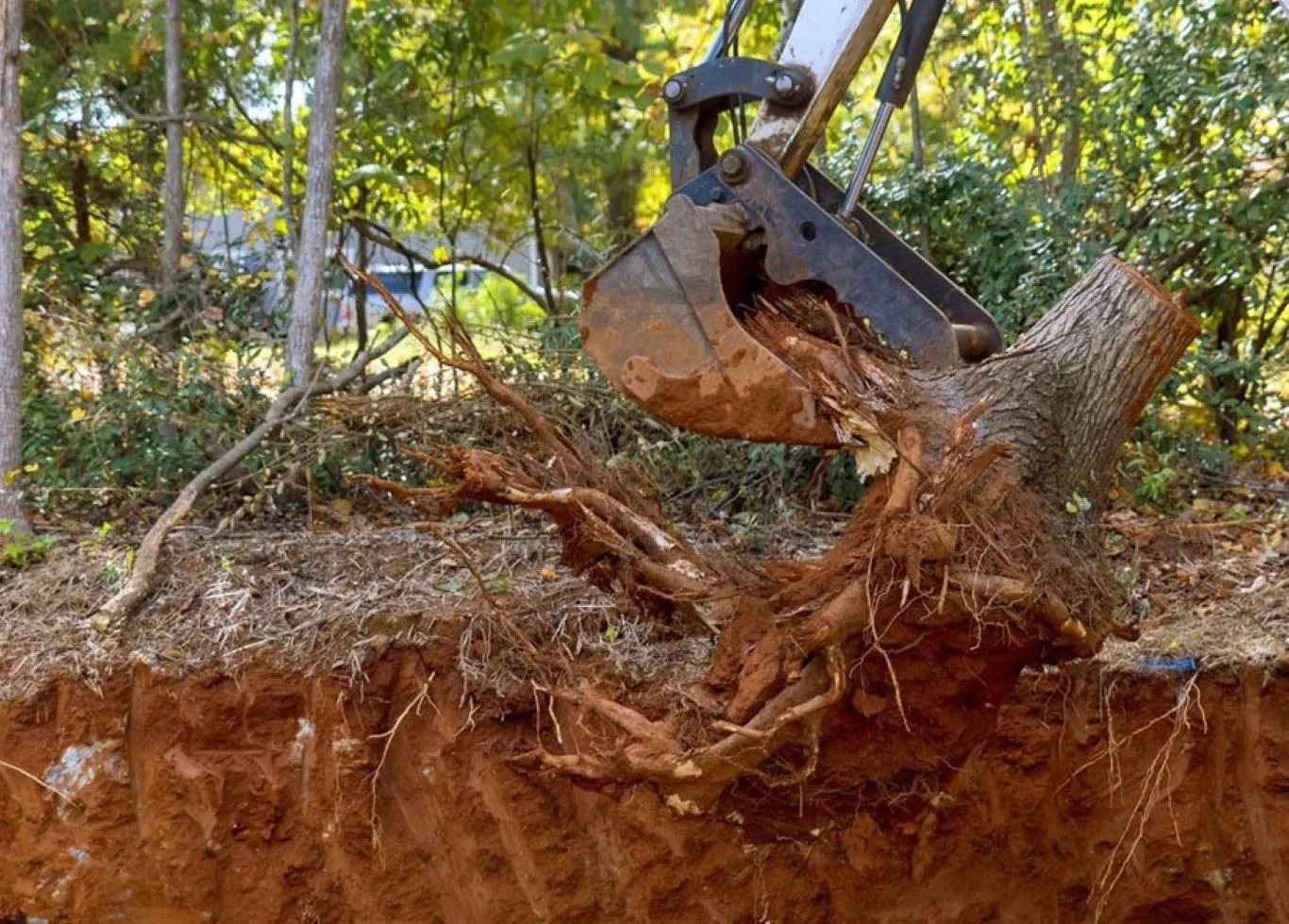Introduction to Sycamore Trees
Sycamore trees are one of the most iconic tree species in both the UK and North America. Whether you’re in Essex, London, or further afield, these towering trees are commonly found in urban parks, forests, and along roadsides. The term “sycamore” might bring different images to mind depending on where you're located – but there’s more to this tree than just its wide canopy and distinctive bark. In this article, we’ll explore surprising facts on sycamore trees and why understanding these trees can help you make informed decisions when managing or caring for them.
Before we dive into the detailed facts about sycamore trees, let’s briefly look at some varieties of sycamores commonly found in the UK and North America.
Understanding Sycamore Trees: What Are They?
Sycamore trees, in their broadest sense, can refer to various species, including sycamore maple, American sycamore, and London plane sycamore. While the name “sycamore” is often used interchangeably, each variety has distinct characteristics that make them unique in terms of appearance, habitat, and growth.
- London Plane Sycamore (Platanus x hispanica): The most common sycamore tree in the UK, famous for its large leaves and distinctive bark, which peels away to reveal a patchwork of cream and green.
- American Sycamore (Platanus occidentalis): Found in North America, this large, broad-leaved tree is known for its huge size and iconic white bark that peels off in patches.
- Sycamore Maple (Acer pseudoplatanus): Unlike the others, this sycamore is actually a type of maple, native to Europe. It’s known for its sturdy growth and is a common feature in European parks.
These varieties, though often lumped together under the common “sycamore” umbrella, each have their own environmental preferences and growth patterns, making them distinct from one another. Whether you're dealing with the more expansive American Sycamore or the more compact Sycamore Maple, understanding these species will help in identifying and maintaining these magnificent trees.
Surprising Facts on Sycamore Trees
Sycamore trees have some fascinating facts that might surprise you, especially when you consider their role in urban landscapes and local ecosystems. Here are some key sycamore trees facts that will deepen your appreciation for these trees:
1. Longevity and Size
Sycamores are incredibly long-lived trees. The American Sycamore can live for over 400 years in the right conditions, while the London Plane Sycamore has a lifespan of around 100 years. Both are some of the largest deciduous trees in their respective regions, reaching up to 40 meters tall.
2. Vital for Biodiversity
Sycamore trees provide vital habitats for a range of wildlife. Their large leaves support insects like caterpillars, which in turn feed birds. The trees’ bark and hollow trunks also provide homes for birds, bats, and other critters. This makes them a perfect addition to both urban and rural environments where biodiversity is important.
3. Fast Growers
Sycamore trees are not slow growers. Whether it’s the sycamore maple or London plane sycamore, these trees grow quickly, especially in the right soil and sunlight. This makes them popular for landscaping, as they can quickly provide shade and aesthetic value.
4. London Plane Sycamore Trees Can Handle Pollution
The London Plane Sycamore is famously resilient to pollution, which is why it is often planted in urban areas, including London itself. These trees have adapted over time to withstand city environments, making them a prime choice for landscaping in built-up areas.
5. Remarkable for Their Bark
Perhaps one of the most iconic features of the American sycamore and London plane sycamore is their bark. It sheds regularly, creating a patchwork effect that’s not only visually striking but also plays a role in protecting the tree from pests.
6. They Have a Role in Flood Prevention
Sycamore trees, particularly the American sycamore, are great at absorbing water, making them an excellent choice for areas prone to flooding. Their vast root systems help reduce surface water runoff, preventing erosion and aiding flood management efforts.
3. Why Sycamore Trees Need Regular Care
While sycamore trees are hardy and beautiful, they can pose challenges for property owners if not properly maintained. Tree stump removal is one such task, especially when trees are felled due to age, disease, or storm damage. Leftover stumps can attract pests or become tripping hazards. In addition, older sycamores, especially the London plane sycamore, may require pruning to maintain structural integrity, ensuring safety and longevity.
Chigwell Tree Services offers professional and affordable tree stump removal and tree pruning services for homeowners and businesses in Essex and surrounding areas. With years of experience, we can help you remove unwanted stumps and shape trees for both aesthetic and safety purposes.
How to Identify Sycamore Trees
Identifying sycamore trees is relatively simple once you know what to look for. Here’s a guide to help:
- Leaves: The leaves of the sycamore tree are broad with a distinctive lobed shape. The sycamore maple has large, dark green leaves, while the American sycamore has paler leaves.
- Bark: The bark of the American sycamore is a patchy combination of cream, grey, and brown. The London plane sycamore has a similar appearance but tends to be more uniform in texture.
- Size and Shape: Sycamore trees are typically very large, with wide canopies. They tend to grow quickly, providing a lot of shade.
The Role of Chigwell Tree Services in Maintaining Sycamore Trees
When it comes to maintaining your sycamore trees, whether it’s pruning, tree stump removal, or emergency tree care, Chigwell Tree Services has you covered. With years of expertise, we offer services like tree trimming, stump grinding, and hazard removal, ensuring your sycamores stay healthy and safe. Our team also specializes in eco-friendly practices to ensure your trees thrive while supporting the local environment.
If you’re unsure of how to care for your sycamore tree or need professional assistance, Chigwell Tree Services offers fast, affordable, and reliable services in Essex and the surrounding areas.
by contacting our expert team for any sycamore tree services you may need. Whether it’s regular pruning, emergency services, or stump removal, we’re here to help.
Where Chigwell Tree Services Work
Chigwell Tree Services proudly serves the following areas:
Chigwell, Essex, West Essex, London, North London, East London, North East London, Ilford, Abridge, Aldersbrook, Woodford, Brentwood, Buckhurst Hill, Chingford, Epping, Hackney, Leyton, Leytonstone, Loughton, Ongar, Romford, Seven Kings, Stratford, Theydon Bois, Wanstead, Barking, and Dagenham. No matter where you are in these regions, we are your trusted partner for all your sycamore tree care needs.
Conclusion
Sycamore trees are majestic, functional, and provide significant benefits to our ecosystems. From the American sycamore to the sycamore maple, each variety plays an essential role in our environment. However, proper maintenance is key to their long-term health and safety.
Chigwell Tree Services is committed to helping you keep your sycamore trees in their best condition. Whether you need tree stump removal, pruning, or other tree services, we offer affordable, expert care. Contact us today and let us help you ensure the health and safety of your trees.

